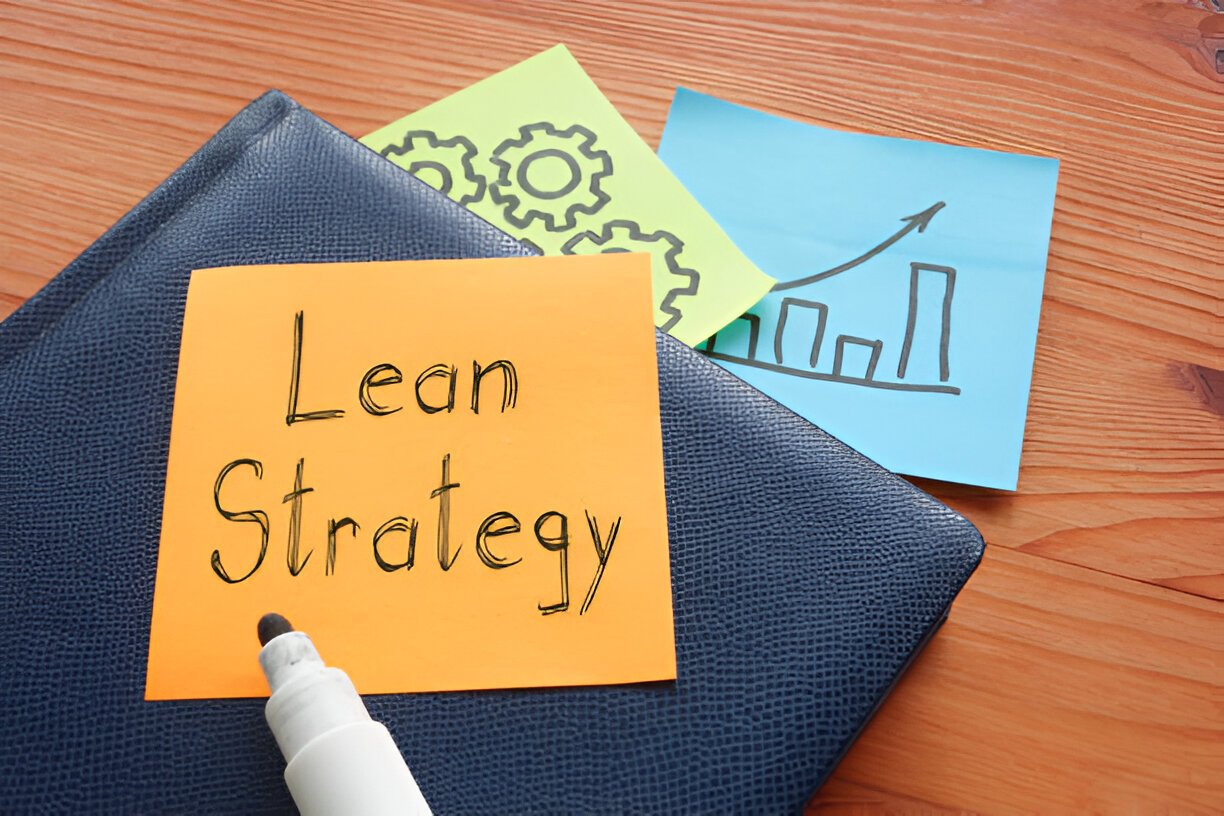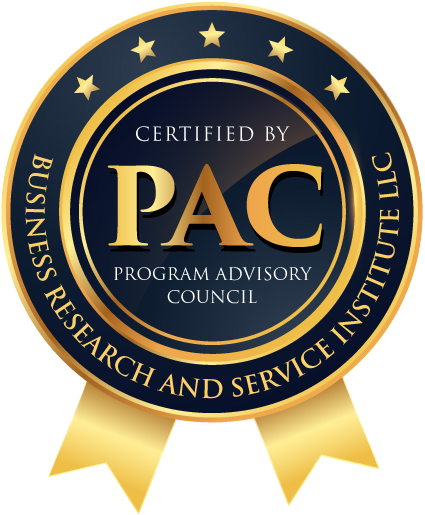Supply chain management (SCM) is a critical function in today’s global business environment. It’s the backbone of many industries, ensuring that products move smoothly from suppliers to customers. But what exactly makes up a supply chain strategy , and why is it so vital? In this article, we’ll explore the components of a supply chain strategy, breaking down the basics and highlighting the key elements that drive successful supply chain management.
Understanding Supply Chain Management: The Basics
It is important to understand the definition of supply chain management before browsing the supply chain components. In simple terms, supply chain management deals with the flow of materials, information, and money from the supplier through the manufacturer and wholesaler right down to the retailer and consumer. It focuses on the management of these flows both at the company and at different layers across companies.
Supply chain strategies serve as the roadmap for implementing and optimizing these processes. These strategies are designed to maximize resource utilization, minimize costs, and satisfy customer demands. Effective strategic supply management includes several key factors, including the procurement of goods and services, warehousing, transportation, and all related activities, to meet certain business policies.
What Are the Five Basic Components of Supply Chain Management?
A robust supply chain strategy rests on the 5 basic components of supply chain management. These elements form the foundation of any effective SCM strategy:
- Planning: This is the first and arguably the most crucial stage in supply chain management. It involves forecasting demand, planning production, and determining the best way to meet customer requirements. Without proper planning, a supply chain can quickly become inefficient and costly.
- Sourcing: Once the plan is in place, the next step is to source the materials needed for production. This involves selecting suppliers, negotiating contracts, and managing supplier relationships. The components of SCM at this stage include procurement processes and supplier management.
- Manufacturing: This is where the actual production occurs. Manufacturing processes must be efficient, cost-effective, and capable of meeting quality standards. This stage also involves managing inventory, production schedules, and quality control.
- Delivery and Logistics: After production, the products need to be delivered to customers. This stage involves warehousing, order fulfillment, transportation, and distribution. Efficient logistics are crucial for meeting customer expectations and maintaining profitability.
- Returns: The final component is handling returns, often referred to as reverse logistics. This involves managing returned products, recycling, and disposal. Efficient returns management can improve customer satisfaction and reduce costs.
Breaking Down the Key Components of a Supply Chain Strategy
Each of the five components mentioned above is vital, but a successful strategy in supply chain management requires more than just understanding these stages. Let’s delve deeper into the supply chain elements that drive a successful SCM strategy.
1. Demand Management
Predicting and managing customer demand is the cornerstone of a successful SCM strategy. Companies need to analyze market trends, past data, and customer preferences. This ensures they produce the right amount of goods at the right time. Effective demand management reduces the risk of overproduction and stock shortages, that are always expensive.
2. Supplier Relationships
Strong supplier relationships are vital for a reliable supply chain. A solid supply management strategy includes regular communication with suppliers, monitoring their performance, and solving problems together. Building these partnerships helps secure a steady flow of materials, reduces risks, and fosters mutual trust.
3. Inventory Management
Efficient inventory management is crucial for balancing supply and demand. Companies must maintain the right level of inventory to meet customer needs without overstocking, which can tie up capital and increase storage costs. Techniques like just-in-time (JIT) inventory and safety stock can be part of this supply strategy.
4. Logistics and Distribution
The logistics component focuses on the movement and storage of goods. This element ensures that products reach customers quickly and efficiently. An effective supply management strategy in logistics includes optimizing transportation routes, managing warehouse operations, and minimizing delivery times.
5. Risk Management
Every supply chain has risks in operation such as natural disasters and supplier risks. A proactive SCM strategy includes the consideration of the likely risks and the formulation of contingencies. Such strategies might involve sourcing from multiple suppliers, having stocks in advance, or having insurance coverage against the loss.
6. Sustainability
There is a gradual rise in the application of sustainable strategies in supply chain management. This is because organizations have adopted various economic practices in a bid to decrease their polluting effects; for example, waste disposal. The consideration of sustainability as part of your supply management plan provides environmental benefits, aside from improving the appeal of your brand to green consumers.
Examples of Supply Chain Strategies
Understanding strategic supply chain management is essential, but how do businesses apply these concepts effectively? Here are a few examples of supply chain strategies that demonstrate different approaches to achieving efficiency and customer satisfaction:
Cost Efficiency: Some companies focus on minimizing costs throughout their supply chain. This supply chain strategy example involves negotiating favorable terms with suppliers, optimizing transportation routes, and reducing waste. By emphasizing cost control, businesses can offer competitive prices while maintaining profitability.
Agility and Responsiveness: In industries where customer demands change rapidly, being agile is key. This strategy focuses on quick decision-making, flexible production processes, and rapid delivery times. An agile supply chain can adapt to market changes more effectively, providing a competitive edge.
Technology Integration: Another approach is the improvement of the Fourth Industrial Revolution technologies including; automation, artificial intelligence, and big data analysis. The mentioned sc strategies help organizations to increase awareness, reduce unclear activities, and enhance decisions, all of which make the processes accurate.
Sustainability and Ethical Sourcing: Increasingly, businesses are adopting strategies that prioritize environmental sustainability and ethical sourcing. This strategic supply chain management approach involves reducing carbon footprints, using eco-friendly materials, and ensuring fair labor practices. By focusing on sustainability, companies not only meet regulatory requirements but also appeal to socially conscious consumers.
The Importance of Strategic Supply Management
Hence, strategic supply chain management is regarded as a key element for businesses nowadays. The answer is simple it provides a competitive advantage in the market. Firms that implement effective supply chain management enjoy the following benefits; they are in the position to reduce the costs that are incurred, the customers are happy, and the ability to change the response to the market conditions. That flexibility has emerged as one of the significant features of contemporary work and business structures scarcely comes as a shock.
Moreover, a well-executed strategy of supply chain management can lead to significant financial benefits. Companies with superior supply chains experience 50% higher sales growth and 20% higher profitability compared to their peers.
Challenges in Developing an Effective Supply Chain Strategy
While the benefits of a strong supply chain strategy are clear, developing one is not without challenges. Companies often struggle with the following:
- Complexity: Modern supply chains are incredibly complex, with multiple suppliers, manufacturing sites, and distribution channels. Managing this complexity requires sophisticated tools and strategies.
- Globalization: Operating on a global scale introduces additional challenges, such as varying regulations, cultural differences, and longer lead times.
- Technology Integration: This can be attributed to the idea that organizations are experiencing pressure to execute change at a faster pace due to developing technology. However, the companies that will be in a position to integrate the new technologies into the supply chain will have created a competitive edge.
- Sustainability Pressure: As mentioned earlier, there’s growing pressure on companies to adopt sustainable practices. Balancing profitability with environmental responsibility is a significant challenge in supply chain management.
Conclusion
In conclusion, the components of a supply chain strategy are numerous and varied, but they all play a crucial role in ensuring the efficiency and effectiveness of a supply chain. From demand management to logistics and sustainability, each element requires careful consideration and strategic planning.
If you want to attain a robust, effective, and adaptable supply chain, you should incorporate the mentioned components.
If you wish to gain more skills in the future as well as improve your understanding, you may try taking the CISCOM course in BRASI. The key strength of this program is its broad coverage and specificity in the training you will need to effectively help your organization prosper. Take the next step in your professional journey and master the art of supply chain strategy.

Aftab Khan is a logistics specialist with over forty years of experience in all aspects of supply chain and logistics management. He is an engineer by training and holds an MBA, besides several certifications from APICS/ASCM, ISCEA, and BRASI. Mr. Khan is the Executive Director of Business Research and Service Institute LLC, USA.

We have been offering extensive and well-planned pieces of training in the field of economics, supply chain, and operations management. Our core purpose is to help industry professionals and businesses to succeed in an ever-evolving competency in the jobs market. Our cutting-edge training methods and up-to-date knowledge aligned with the latest industry trends and demands put our candidates in the lead amongst other job seekers and competitors in the market.
-
BRASI Editorial Team#molongui-disabled-linkSeptember 3, 2024
-
BRASI Editorial Team#molongui-disabled-linkOctober 8, 2024
-
BRASI Editorial Team#molongui-disabled-linkNovember 19, 2024








